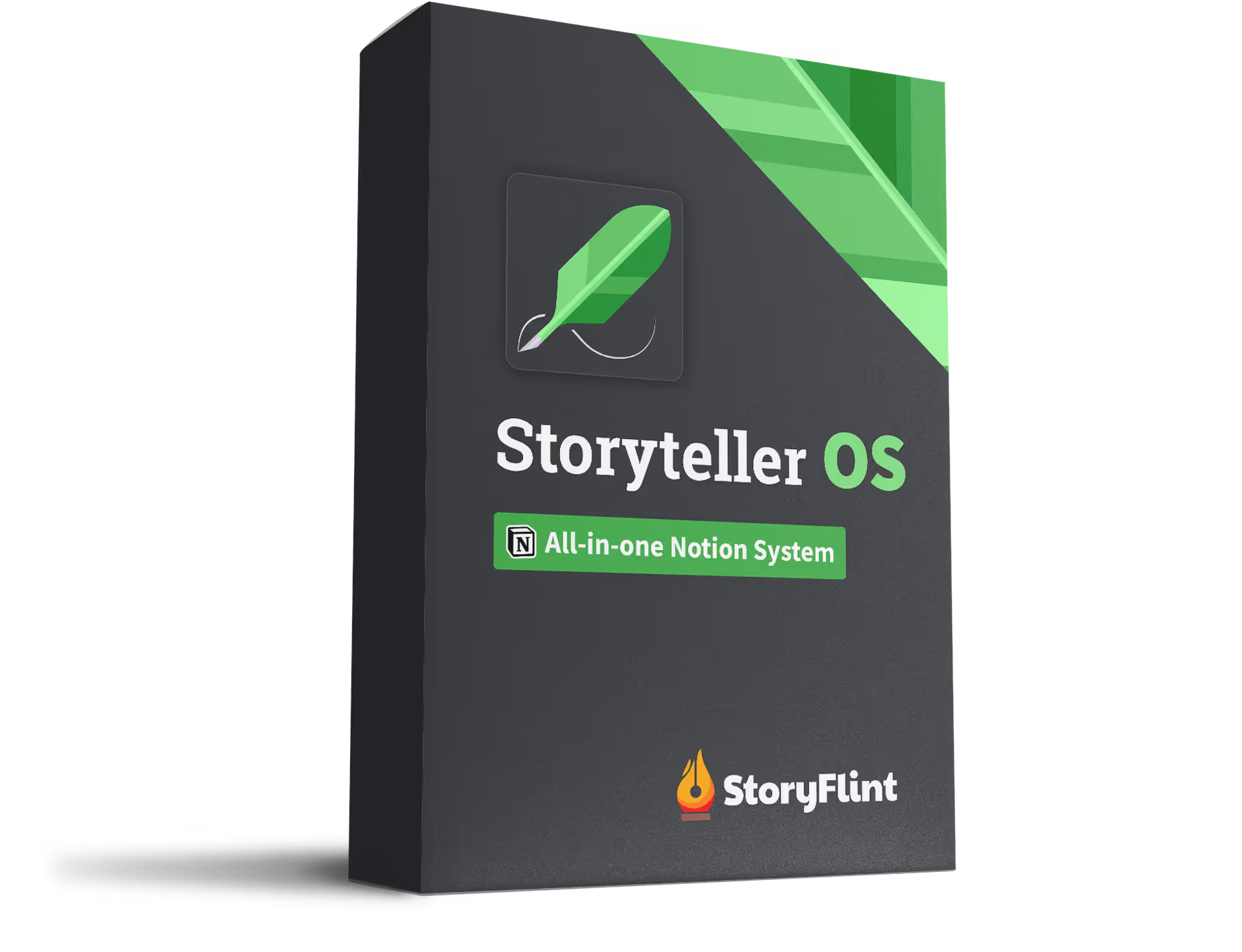In this video, Notion explores the concept of blocks, the foundational unit of construction within Notion. We examine the six basic block categories and demonstrate how they can be used to create a mission, vision, and values page. By the end of this video, you'll have a clear understanding of how to use different block types to create and customize your Notion pages.
Key Takeaways
- Notion is built on the concept of blocks, which are the basic units of construction within the platform.
- There are over 500 block types in Notion, but six basic block categories: text blocks, inline blocks, media blocks, embed blocks, database blocks, and advanced blocks.
- Text blocks are the default block type in Notion and include normal text, headings, bullet points, toggles, to-do lists, callouts, and quotes.
- Inline blocks live within another block, like mentions or date objects.
- Media blocks include images, video, and audio uploads which can be played right inside of Notion.
- Embed blocks pull in content from another website, like a map, a YouTube video, or a design.
- Database blocks look like tables and boards, and advanced blocks are more complex features specific to Notion, including synced blocks and table of contents.
- Blocks can be combined and rearranged to create and customize pages.
- The slash command or hitting the plus sign can be used to add a block.
- Images can be uploaded, linked, or selected from Unsplash using the image block.




